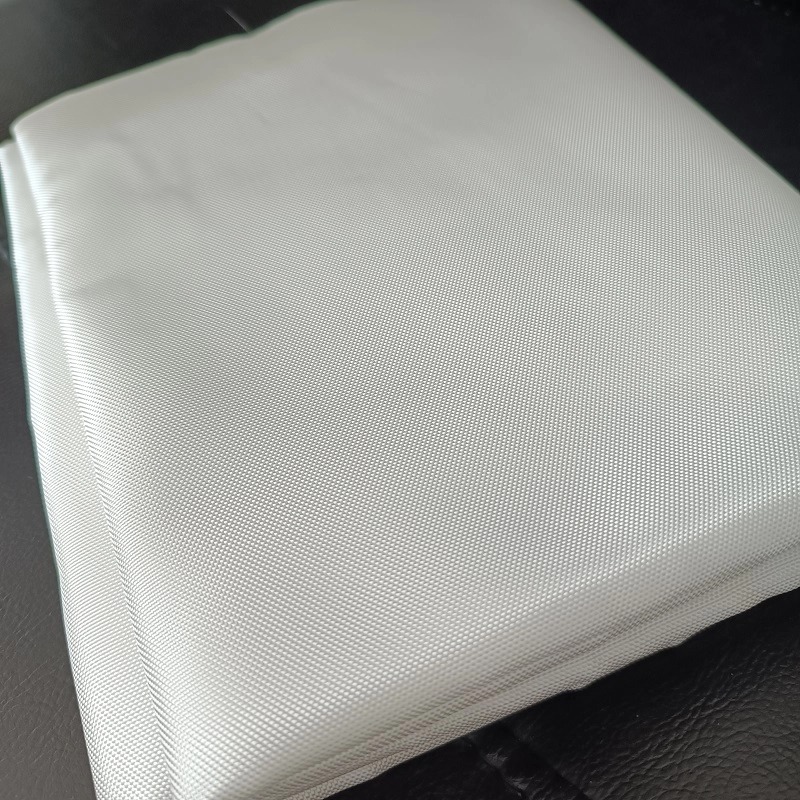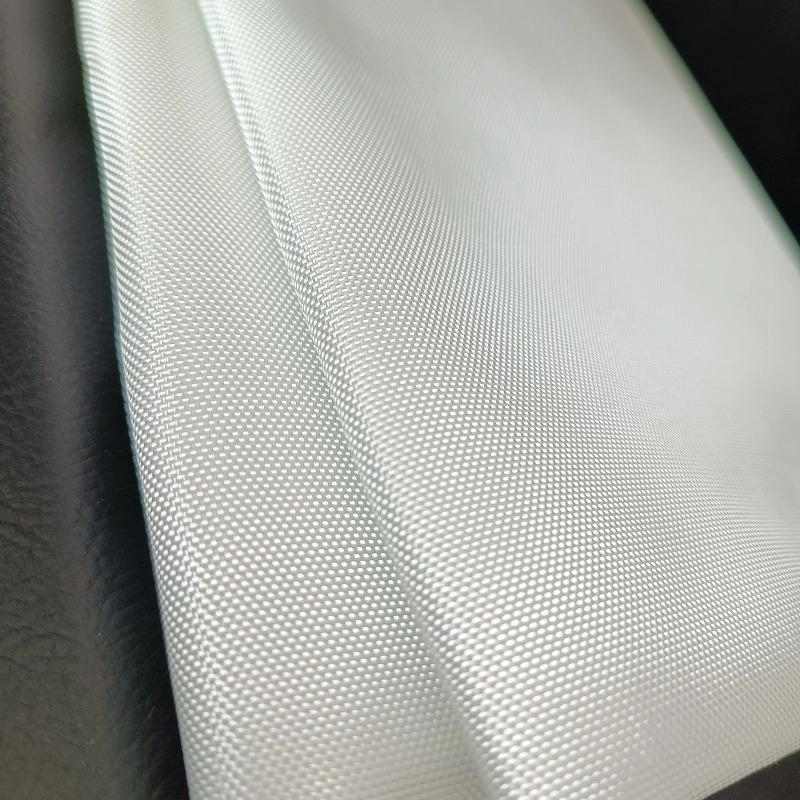
Introduction
When it comes to advanced insulation, printed circuit boards (PCBs), and high-performance composites, Electronic fiberglass cloth stands out as a vital material. Frequently ask the question: How many types of Electronic fiberglass cloth are there? Instead, electronic fiberglass cloth comes in several classifications—each defined by weave patterns, yarn thickness, resin compatibility, and end-use applications. Understanding these types is essential for selecting the right cloth for PCBs, aerospace laminates, or electrical insulation systems. This guide explores the different types, their unique roles, and practical insights to help you choose the right one.
The Classification of Electronic Fiberglass Cloth
Electronic fiberglass cloth is categorized primarily by yarn count, weave pattern, and intended application. Unlike general fiberglass fabrics used for construction or marine composites, electronic fiberglass cloth adheres to strict IPC and ASTM standards. These classifications ensure consistent thickness, dielectric strength, and dimensional stability.
Yarn Size and Thickness
Electronic fiberglass cloth is typically made with yarn sizes ranging from E-glass 1.7 to 9 microns in diameter. Thinner yarn creates finer weaves (like 106 or 1080 styles), while thicker yarn supports stronger, heavier laminates (like 7628).
Weave Style
The weave style influences resin flow, dimensional stability, and surface smoothness. Plain weave ensures balance, while leno weave prevents fabric distortion during PCB lamination.
Industry Coding System
Each cloth type has a numeric code (e.g., 106, 2116, 7628) that reflects yarn count and thickness. These codes are widely used in PCB manufacturing and resin reinforcement industries.

Main Types of Electronic Fiberglass Cloth
To answer the core question directly: there are six widely recognized categories of Electronic fiberglass cloth, each identified by style codes and standardized applications.
1. Lightweight Electronic Fiberglass Cloth
Lightweight cloths like Style 106 and 1080 are used for thin laminates and multilayer PCBs. Their primary advantage lies in offering smooth surfaces for fine copper foil adhesion.
Style 106 (Super Fine Weave): Ideal for ultra-thin laminates where minimal thickness is required.
Style 1080 (Fine Weave): Commonly used for multilayer boards requiring excellent dielectric properties.
| Cloth Style | Thickness (mm) | Common Use Case | Resin Flow Rate |
| 106 | 0.025 | Ultra-thin laminates | High |
| 1080 | 0.038 | Multilayer PCBs | Moderate |
2. Medium-Weight Electronic Fiberglass Cloth
Medium-weight fabrics like 2113 and 2116 strike a balance between strength and surface finish. They are often selected for standard rigid PCBs and structural applications.
3. Heavy-Duty Electronic Fiberglass Cloth
For applications requiring strength, 7628 and 7629 styles dominate. They are thicker, stronger, and perfect for industrial PCBs, power devices, and large substrates.
| Cloth Style | Thickness (mm) | Application | Strength Rating |
| 7628 | 0.178 | Industrial PCB | High |
| 7629 | 0.200 | Power Electronics | Very High |
4. Special Resin-Compatible Fiberglass Cloth
Some cloths are tailored to work specifically with BT resin, cyanate ester, or polyimide systems. These enhance thermal stability, low dielectric loss, and moisture resistance.
5. Leno Weave Electronic Fiberglass Cloth
Unlike plain weave cloth, leno weave adds twist to stabilize yarns, preventing fabric distortion during handling. This type is widely used in high-layer-count PCBs where dimensional stability is critical.
Advantages: Reduced warpage, better mechanical retention.
Applications: RF boards, multilayer structures.
6. Ultra-Low Dielectric Fiberglass Cloth
In high-speed digital circuits, the dielectric constant (Dk) plays a huge role. Ultra-low Dk fiberglass cloth minimizes signal loss, making it indispensable in 5G infrastructure, radar systems, and data centers.
| Cloth Type | Dielectric Constant (Dk) | Typical Use |
| Standard | 4.5–4.8 | Consumer PCBs |
| Ultra-Low | 3.4–3.8 | 5G & RF boards |
How to Choose the Right Type of Electronic Fiberglass Cloth
Selecting the right fiberglass cloth depends on three factors:
1. PCB Thickness and Layer Count
For thin laminates, choose lightweight cloths (106, 1080).
For rigid boards, medium styles (2113, 2116) are ideal.
For power devices, heavy-duty (7628) works best.
2. Electrical Performance
High-frequency or RF circuits demand low-Dk fabrics, while general electronics can use standard weaves.
3. Mechanical Requirements
If warpage resistance is critical, leno weave cloth ensures dimensional stability.

Comparing Electronic Fiberglass Cloth Types
Here’s a side-by-side comparison to simplify decision-making:
| Type | Common Styles | Best For | Key Benefit |
| Lightweight | 106, 1080 | Thin laminates | Smooth finish |
| Medium-Weight | 2113, 2116 | Standard PCBs | Balance strength/surface |
| Heavy-Duty | 7628, 7629 | Power electronics | High strength |
| Resin-Compatible | Polyimide, Cyanate Ester | Aerospace & defense | Thermal stability |
| Leno Weave | Custom | High-layer PCBs | Warp resistance |
| Ultra-Low Dk | Next-gen RF cloths | 5G & radar | Signal integrity |
Conclusion
So, how many types of Electronic fiberglass cloth are there? The answer: six major categories, each further divided into standardized styles such as 106, 1080, 2116, and 7628. From ultra-thin laminates to heavy-duty power electronics, each cloth type offers a unique balance of thickness, dielectric strength, and resin compatibility. Choosing the right type is not just about cost—it’s about ensuring long-term reliability, performance, and manufacturing success.
FAQ
1. What is the most common type of Electronic fiberglass cloth?
Style 7628 is the most commonly used due to its balance of strength, availability, and cost-effectiveness.
2. Which type of fiberglass cloth is used for 5G applications?
Ultra-low dielectric fiberglass cloth is the preferred choice for 5G and RF designs.
3. Are lightweight fiberglass cloths weaker than heavy-duty ones?
Not necessarily—they are optimized for thinness and dielectric performance, not strength.
4. Can Electronic fiberglass cloth be used outside PCB manufacturing?
Yes. It’s also used in aerospace composites, electrical insulation, and high-performance laminates.
5. How do I select the right cloth for my PCB project?
Base your decision on laminate thickness, electrical requirements, and mechanical stability. For high-frequency designs, always prioritize low-Dk cloths.

















